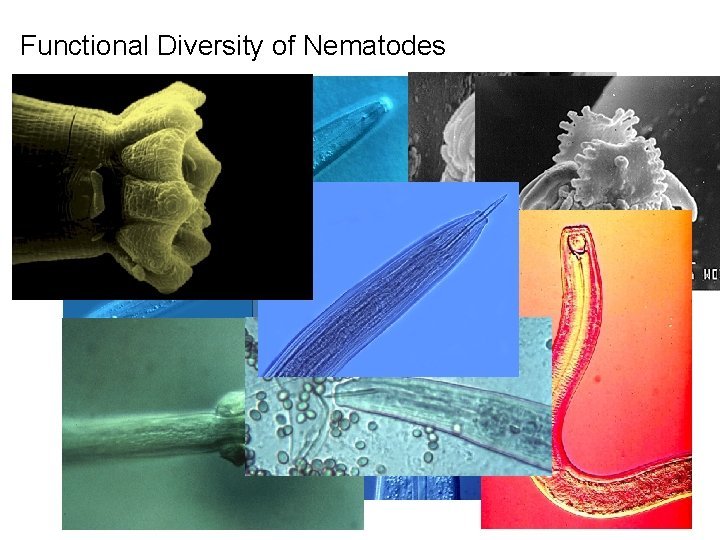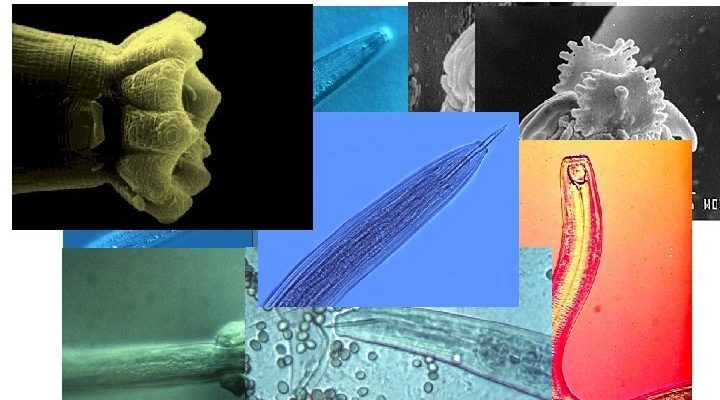
What Are Nematomorphs?
Nematomorphs have a unique life cycle that sets them apart from many other organisms. As larvae, they infect insects like grasshoppers or crickets. Once inside, they manipulate their host’s behavior, often driving them to water. This is where the magic happens—they escape, leaving their host behind. It’s like a movie plot, where the parasite plays puppet master.
These worms can be quite long, sometimes reaching over a meter in length. They’re typically thin, resembling strands of hair—hence the nickname ‘horsehair worms.’ But don’t let their appearance fool you; they have a fascinating life ahead of them. After escaping their host, they will mate, lay eggs, and eventually die, completing a lifecycle that is both gruesome and awe-inspiring.
Understanding this life cycle is crucial. It helps us grasp not just what they do, but also why they matter ecologically. These behaviors can impact populations of local insect species and, in turn, influence the entire ecosystem.
The Positive Ecological Role of Nematomorphs
Honestly, nematomorphs aren’t just creepy crawlies. They provide several ecological benefits. One major advantage is their role as natural controllers of insect populations. By infecting and manipulating their hosts, they can help manage the numbers of certain insect species, especially pests.
Let’s put this into perspective with a practical example: imagine a garden overrun with grasshoppers. These little guys feast on plants, potentially ruining your vegetable patch. Here’s where nematomorphs come in! By targeting grasshoppers, they help keep their numbers in check, allowing plants to thrive. This means healthier ecosystems and better food sources for other wildlife.
Moreover, nematomorphs serve as a food source for various animals when they emerge from their hosts. Birds and other predators hunt these worms, adding another layer to the food web. So, in a sense, nematomorphs are a vital part of the chain, supporting biodiversity.
The Drawbacks of Nematomorph Populations
However, it’s essential to consider that not everything about nematomorphs is rosy. Their presence can sometimes lead to challenges in ecosystems. For instance, if nematomorph populations become too abundant, they may negatively impact the populations of their insect hosts, leading to a decline in those species.
Imagine a scenario where grasshoppers are decimated by an overwhelming number of nematomorphs. That could disrupt the food chain, affecting birds and other predators that rely on grasshoppers for sustenance. A sudden lack of grasshoppers could leave these animals hungry, creating a ripple effect throughout the ecosystem.
Moreover, their method of manipulation might cause behavioral changes that can make host insects more vulnerable to predators. If a grasshopper is driven to water, it may be exposing itself to danger in a way that it normally wouldn’t. This aspect raises concerns about the balance between natural control and potential overreach in the environment.
Impact on Biodiversity
You might be wondering how nematomorphs influence overall biodiversity. Their complex relationship with local insect populations certainly plays a role. On one hand, they can help maintain a diverse range of insects by preventing a single species from dominating. On the other hand, if they disproportionately affect certain insects, that could lead to a decline in diversity.
Consider a forest ecosystem where a specific type of grasshopper is overly targeted by nematomorphs. If that grasshopper’s population plummets, the plants it feeds on could flourish, but that would also mean less food for the birds that depend on those grasshoppers. Striking a balance is key to maintaining healthy biodiversity.
In more intricate ecosystems, the interplay between various species, including nematomorphs, can lead to a reduction in genetic diversity. This lack of diversity makes ecosystems more vulnerable to diseases and environmental changes. So, while nematomorphs can promote control over certain populations, their impact on diversity can tip the scales in unexpected ways.
Nematomorphs and Climate Change
Climate change introduces another layer of complexity to the relationship between nematomorphs and their environments. As temperatures rise and ecosystems shift, the dynamics of nematomorph populations may change, too. Some studies suggest that rising temperatures could lead to increased survival rates for nematomorphs, potentially leading to more significant impacts on host populations.
It’s crucial to consider how shifting weather patterns might influence the breeding and life cycles of these creatures. For example, if rainfall patterns change, it might affect where and how effectively nematomorphs can find hosts. Such changes could disrupt established ecological balances, pushing ecosystems toward instability.
Additionally, the potential increase in nematomorph populations due to climate change could further threaten already vulnerable insect species. If these populations explode, it may lead to compounded effects on food webs and biodiversity.
In wrapping up our dive into the ecological benefits and drawbacks of nematomorph populations, it’s clear these little critters play a crucial role in our ecosystems. They act as natural controllers, help maintain balance, and support food webs. But they also come with some hefty drawbacks, particularly when they throw ecosystems out of balance or impact biodiversity negatively.
As with many things in nature, it’s all about balance. Understanding nematomorphs and their complex relationships with host insects and ecosystems is vital. These unique creatures remind us just how interconnected our world is. So, the next time you hear about nematomorphs, remember they’re not just a bizarre topic of conversation; they’re integral players in keeping our ecosystems healthy and dynamic.

